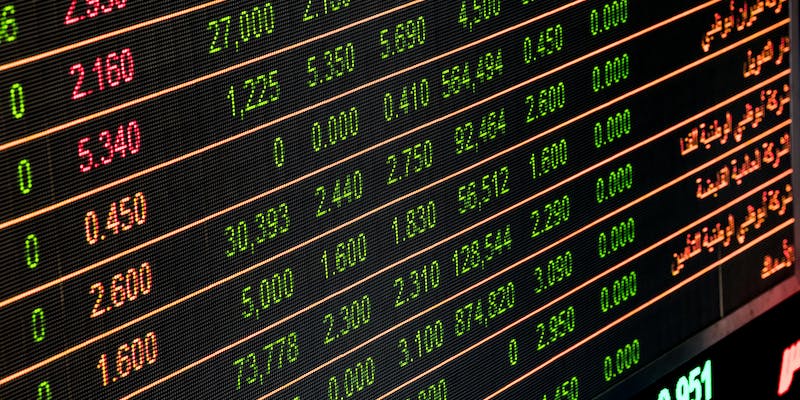
Price Action trading is one of the most widely followed and believed to be the most acclaimed strategies in the world among Foreign Exchange or Forex traders. Those who are new to the strategy may find the strategy hard to understand and follow, but for those who are exposed to other strategies of trading, Price Action strategies will be one of the simplest trading techniques. The reason why fresh traders find this strategy hard is the usage of various trading terms. But the truth is that these are not particularly reserved to be used in this strategy alone, but by the whole trading community. Some of these terms are very easily understandable by any normal man, though they may sound completely otherwise.
Trend and Range:
These are two of the most commonly used terms among Price Action traders. Trend is of two types: Bullish and Bearish. A bull trend, or a rally, means that the price is going up steadily; whereas a bearish trend or a sell-off means that the price is going down in a steady manner. If a market is said to be in a trend, it is believed that the market would continue in that direction. Range is nothing but a chart with not a steady bull trend neither a bear trend, otherwise a horizontal flow of prices in the chart without any traces of a trend.
Breakout:
A Breakout means a certain bar which is drawn physically or mentally on the chart used in Price action strategies. This is used by the traders to watch the market and understand the trade signal, whether the trader has to sell or buy. If there is a bull breakout in a bear trend, then the trader would want to see if the prices go beyond the breakout bar that he or she have drawn in the price chart.
Pull-Back:
Pull back is another most commonly used term among Price action traders. It is the moment or the move where the current trend of the market stops and a breakout ends, without shifting the trend. The trader will be counting the high highs and the low lows, and will be waiting to see if the Pull back is reversed and the market returns to the pre-pullback stage. This is done as per the most basic rule of Price action strategies, the “two attempts rule”.
Trapped Traders:
This is a common term among traders used to mention other traders who enters the market when the signal is weak. It is also used to refer traders who trade before the signals were not triggered or confirmed. When these trapped traders find themselves in a losing position when the market’s trend shifts opposite to their expectations, protective stop orders come into action. When a lot of stop orders were placed at the same time, a new trend arises and more patient Price action traders make use of this trend to sell or buy shares.
There are many guides and articles available all over the internet to help a fresh trader to get to know the basics of Price action trading. A little dedication and a huge amount of concentration is all it takes to understand the power of this excellent trading strategy.
